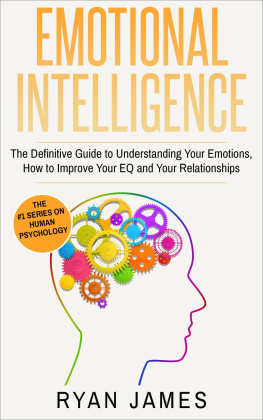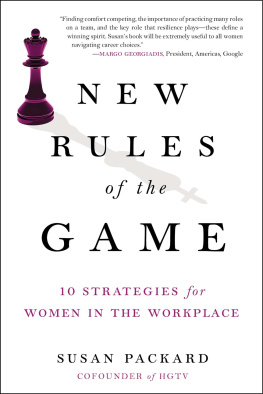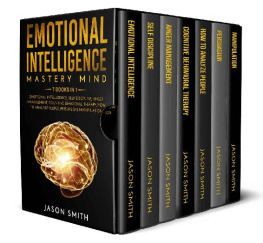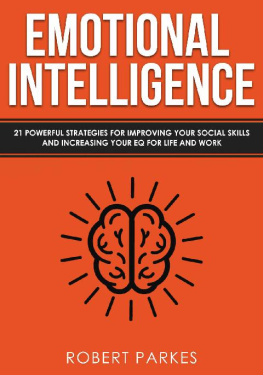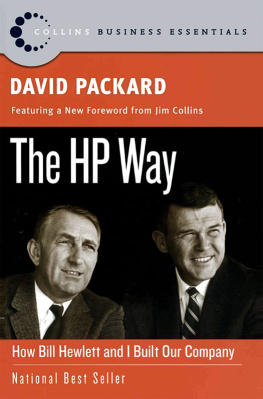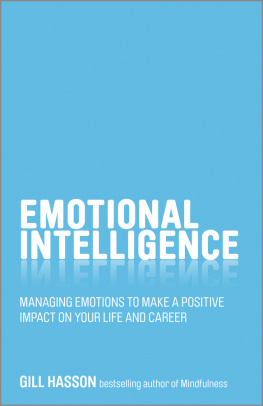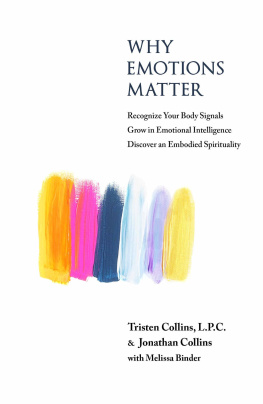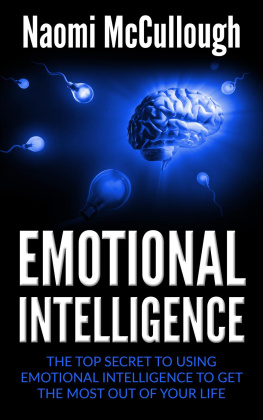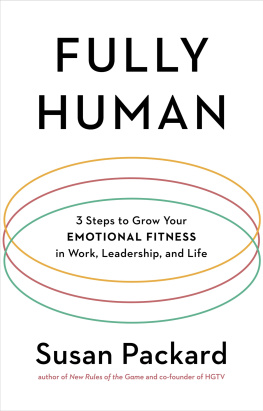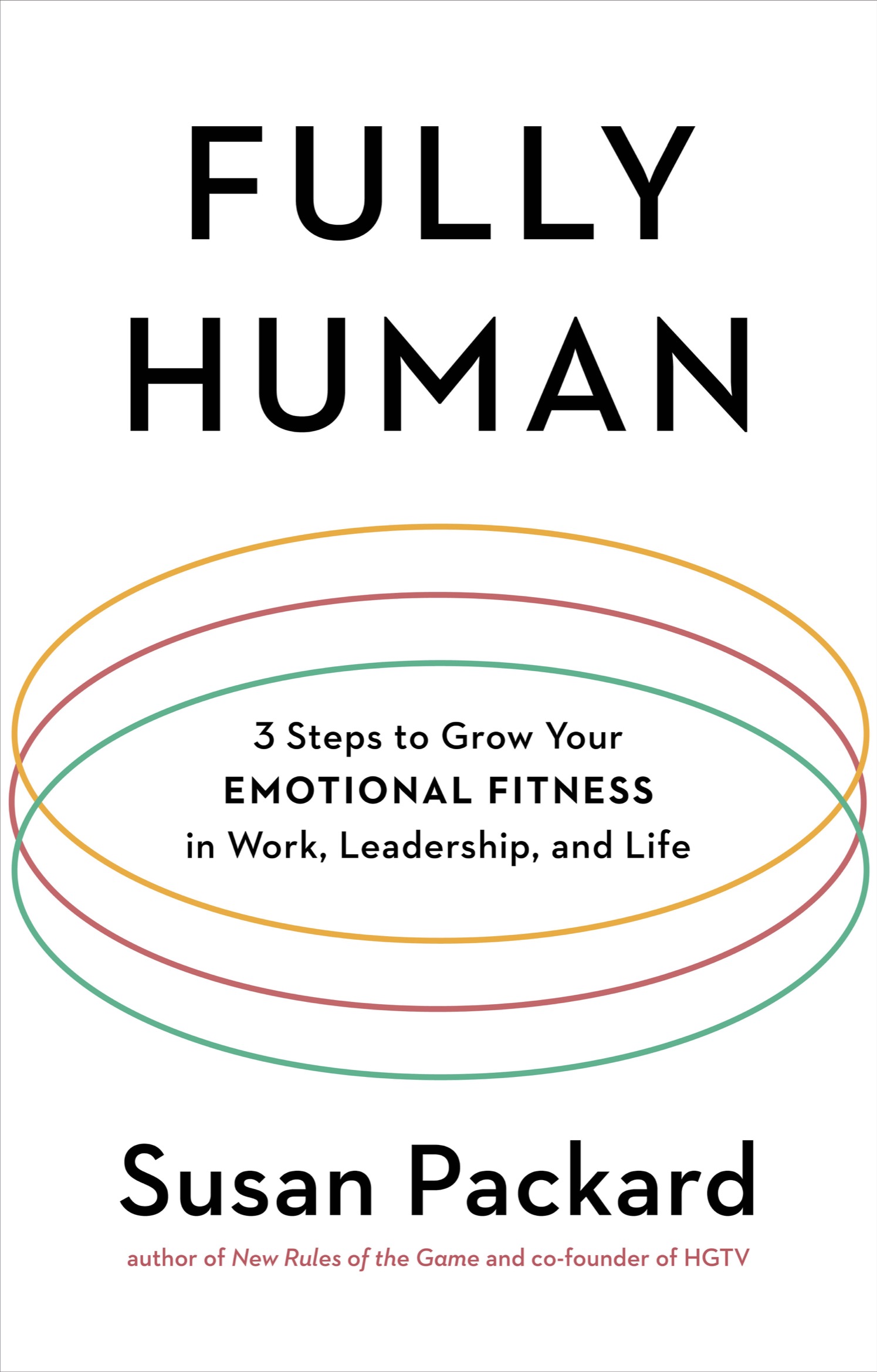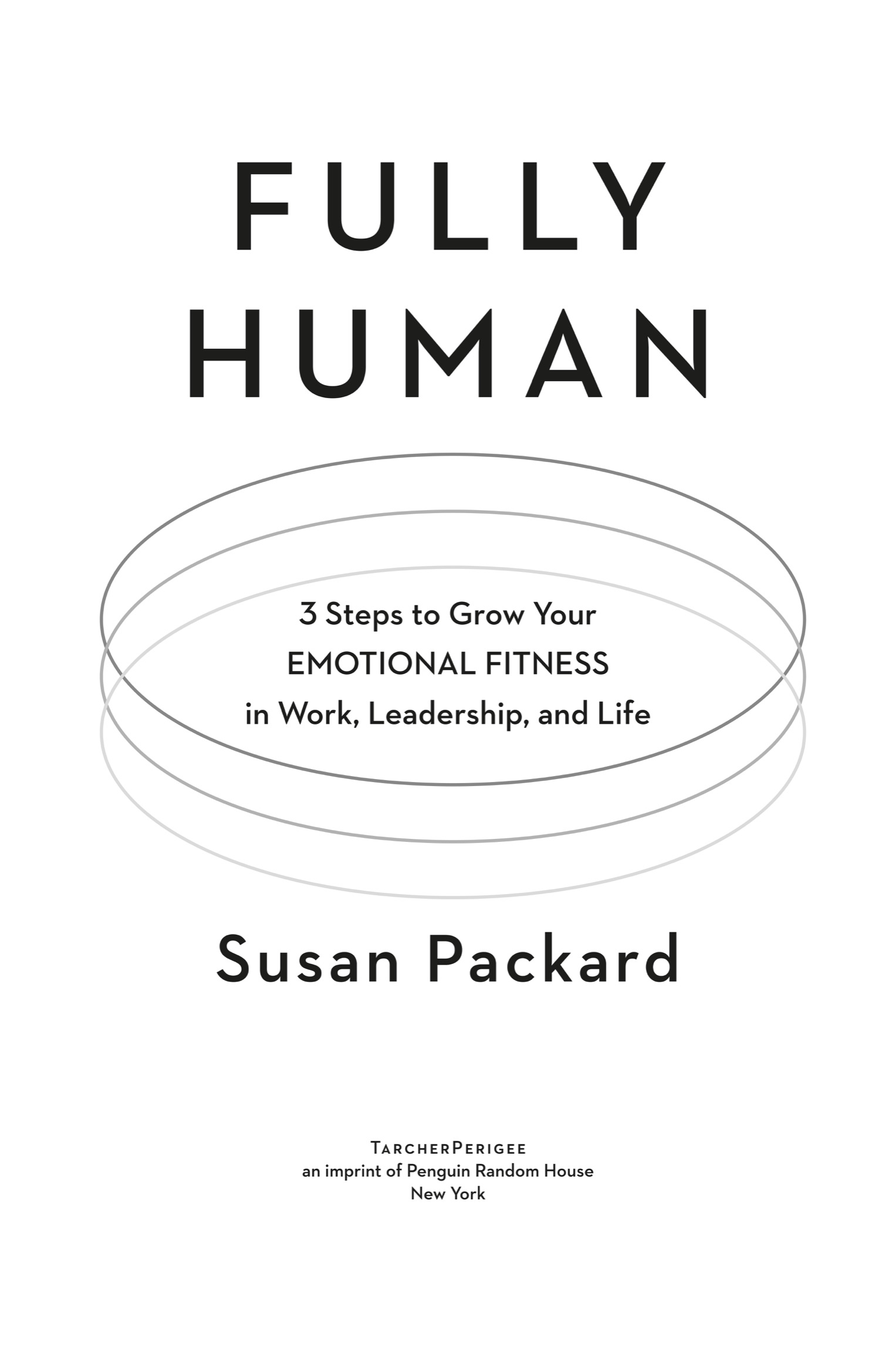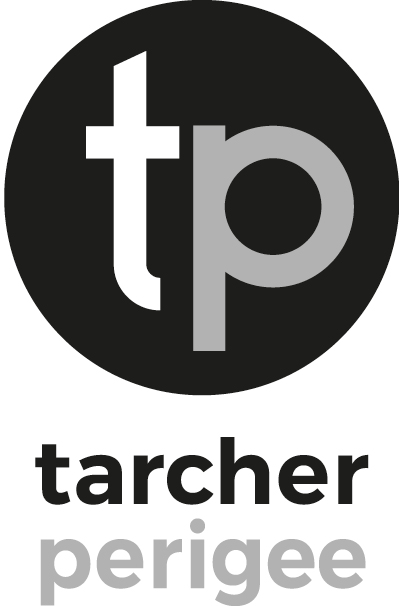INTRODUCTION
Youve learned how to manage your temper, but certain people in your workplace still set you off. And honestly, you dont know why.
Sometimes work feels like the loneliest place in the world.
You love what you do, but the culture of your company is at odds with your beliefs and values. The job fits great. Not the company.
E motions drive workforce happiness, and happiness powers people to succeed. This book is about bringing our strongest emotional selves to work each day, and how best to do that.
Its rather funny, ironic really, that Im writing a book about how to deeply and authentically express emotions on the job. Before I was thirty years old, three traumas, two work-related, closed the spigot on my emotionsother than fearand certainly on trusting anyone at work. Then, when I was thirty-nine, I landed a wonderful job at HGTV and began working with a group of guys who taught me I could let down my guard. Bit by bit, they showed me what it meant to build trust and to work together in community. Imagine that, a woman learning about emotions from a group of guys.
I didnt know how to have real interdependent work relationships until then. I was like little eleven-year-old Riley in the Pixar smash hit Inside Out, who struggles through a few tough days in her life, as seen through the animated characters Anger, Disgust, Fear, and Sadness. It seems I had a few tough days that lasted three decades. What I learned at HGTV was that open and honest emotions play a vital role in the workplace. I learned how trust is the most powerful emotion that binds us together to do our best work because it keeps us moving toward common goals with speed and focus. It leaves out the messy human dramas that can quietly creep in, wreak havoc, and disrupt your peace of mind.
In my leadership and coaching roles, Ive worked with plenty of women and men who carry around small fears and discomforts that inhibit their success, like a fear of standing up in a crowd and speaking. Or the fear of learning a new skill, and the worry youll fall flat on your face if you try. Maybe its a feeling of general unease, like youre simmering in a chronic, low-level anxiety you cant define. Maybe you find no purpose in your work except for a paycheck. You might feel emptiness or loneliness, even in a roomful of people. My friend Anne once described that sensation this way: Its like you have a hole in your soul. The Centers for Disease Control and Prevention reported that suicide rates rose steadily in most states from 1999 to 2015, up by 25 percent nationally, and that the lack of social connectedness was among the factors. Certain emotional triggers might keep you trapped in a cycle of addiction or other toxic behaviors.
You dont have to feel this way. Fully Human tackles the emotions men and women deal with as we seek happiness and fulfillment at work, and offers a useful paradigm, which I call EQ Fitness(EQF). EQ Fitness is a solutions-based road map of three steps to help you prepare for, master, and grow in emotional intelligence and maturity. When we apply EQF to our whole lives, not just our professional ones, I call that emotional fitness. Emotional fitness is bringing our strongest emotional selves to all we do. EQF is how we use it at work.
At its most basic, emotional intelligence(EI) is awareness and control of our emotions, and the ability to identify and respond effectively to the emotions of others. In the business world, emotional intelligence is often referred to as EQ, as an offset to IQits why I call the three-step process EQ Fitness. Just like we all have an IQ, we all have some baseline EQ, that ability to manage our emotions and to read others. Whatever your baseline as you begin this book, you can grow it significantly through the steps I lay out here. This will enable you to claim the full spectrum of your humanity, to become fully human, both in work and life.
While emotional intelligence has been studied and applied by various scientific disciplines and industries since it was first labeled in the mid-1960s, it has taken root in business thought leadership since the early 1990s. As a science journalist for the New York Times, Daniel Goleman happened upon an article written by two psychologists about how success was not due to just knowledge but also to this concept called emotional intelligence. A psychologist himself, Goleman published the first book on the subject, Emotional Intelligence, which is still popular today. A 2009 follow-up, Emotional Intelligence 2.0, by Travis Bradberry and Jean Greaves, brought EQ into the new millennium.
Emotional intelligence was one of the most important breakthrough ideas in career building, and it remains so today. In the World Economic Forums Future of Jobs Report, EQ was listed as one of the top ten skills that will make candidates desirable to employers in 2020. Its importance has only grown, even in the face of digital technologies transforming how we work; in fact, they make emotional intelligence especially important.
And yet, most workplaces still lack EQ. Much of this falls to a lack of mature leadership. Too many executives operate first from self-serving agendas, where money, power, and prestige are their primary drivers. Consider this: research shows that one out of five CEOs are psychopaths, As my story unfolds here, youll see I came to know that data only too well.



